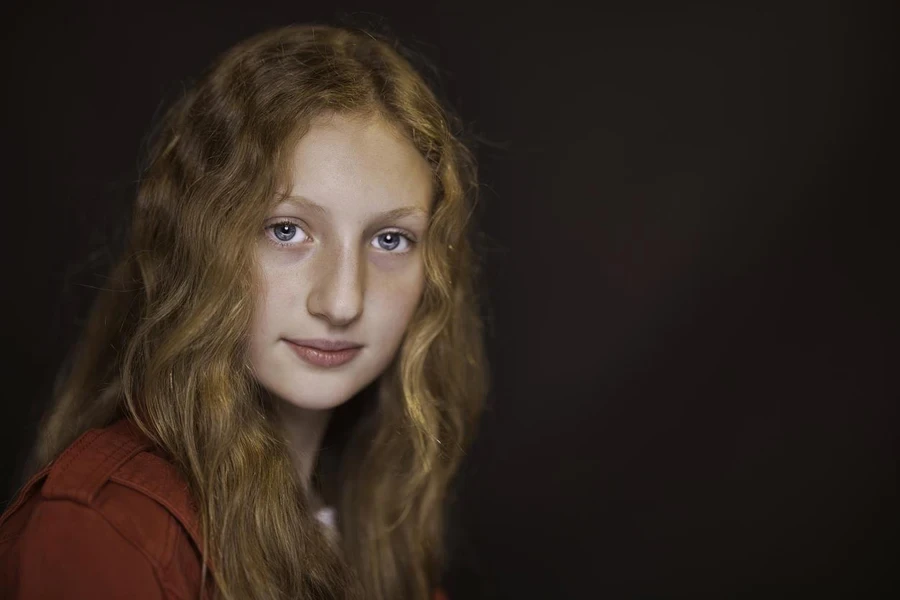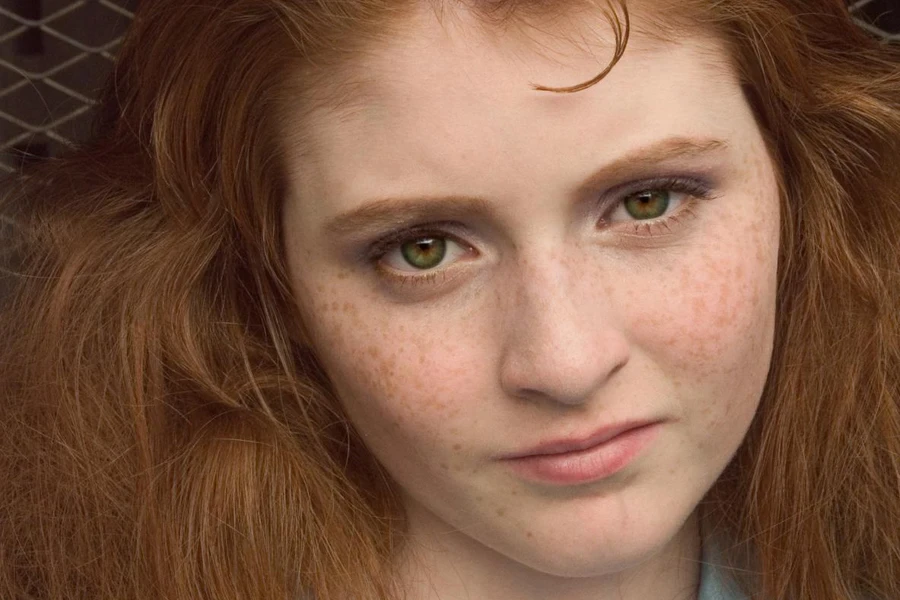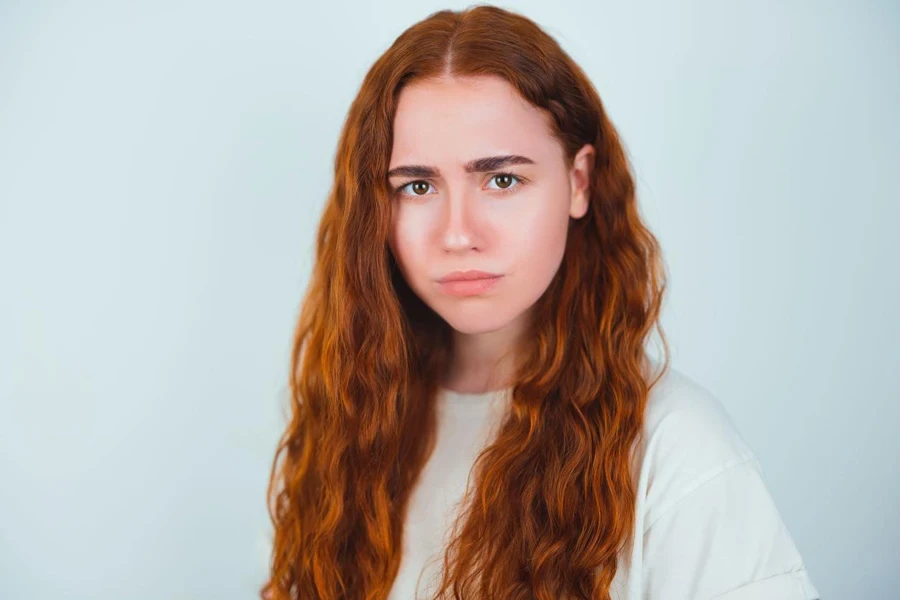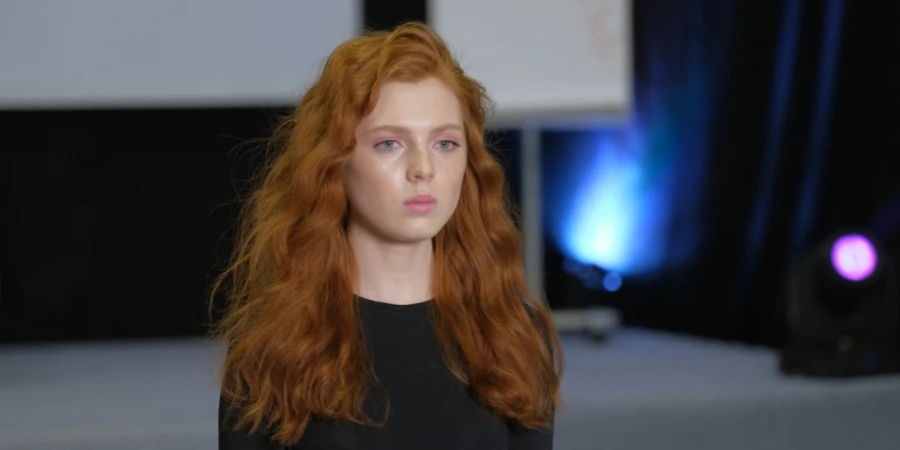As the beauty industry continually evolves, a captivating newcomer has emerged to steal the spotlight: amber hair color. This warm, multifaceted hue is not just another fleeting trend; it’s rapidly becoming a staple in salons and DIY kits alike. Blending the best of copper, gold, and red tones, amber hair offers a unique vibrancy that’s catching the eye of consumers and industry professionals. In this article, we’ll dive into the amber hair phenomenon, exploring its market impact, diverse shade range, and the secrets to maintaining this head-turning color. Whether you’re a beauty brand looking to expand your product line or a procurement specialist seeking the next big thing in hair care, understanding the amber hair revolution is crucial for staying ahead in the competitive beauty landscape.
Table of Contents
1. What exactly is amber hair?
2. Amber hair color market trends and consumer insights
3. Varieties of amber hair shades
4. Maintaining and caring for amber-colored hair
5. Conclusion: The future of amber hair in the beauty industry
What exactly is amber hair?

Amber hair color is a stunning blend of warm tones that mimics the golden-red hues of fossilized amber resin. This versatile shade combines elements of copper, gold, and red, creating a vibrant yet sophisticated look that’s rapidly gaining popularity in the beauty world.
What sets amber hair apart is its multidimensional quality. Unlike flat, single-toned colors, amber hair shifts and shimmers under different lighting conditions, giving it a dynamic and eye-catching appearance. This unique characteristic allows it to complement a wide range of skin tones and personal styles.
The amber hair spectrum is diverse, ranging from lighter, honey-like shades to deeper, more intense hues bordering on auburn. This flexibility makes it an attractive option for consumers seeking either subtle changes or bold transformations, positioning amber hair as a versatile trend in the ever-evolving beauty market.
Amber hair color market trends and consumer insights

The global hair color market is experiencing a significant shift, with amber tones emerging as a key player. Projected to reach $36.1 billion by 2027, the industry is seeing warm hues like amber drive substantial growth. This trend is particularly resonant with millennials and Gen Z consumers, who are increasingly drawn to expressive, multidimensional hair colors.
Consumer surveys reveal a strong preference for warmer tones, with amber standing out as a top choice. Wella Professionals reports that 68% of consumers are more likely to experiment with these hues, attracted by amber’s versatility and its ability to complement various skin tones. This surge in popularity is further amplified by social media platforms, where influencers and celebrities sporting amber locks have ignited a viral trend.
The beauty industry is responding swiftly to this demand. Major brands like L’Oréal Paris have reported a 30% increase in sales of amber-toned products over the past year. Professional hair care lines are also expanding their offerings, developing specialized amber color ranges and maintenance products to cater to this growing market segment.
Interestingly, the amber trend aligns with the rising demand for natural and organic hair care solutions. Consumers are increasingly seeking ammonia-free and plant-based dyes that can achieve the amber look without compromising hair health. This shift presents a significant opportunity for eco-conscious brands to innovate and capture market share in this burgeoning segment.
Varieties of amber hair shades

The amber hair color trend offers a diverse palette, ranging from soft golden hues to rich, fiery tones. At the lighter end, honey amber presents a subtle blend of gold with gentle red undertones, perfect for those transitioning from blonde. This shade has seen a 25% increase in salon requests, particularly during warmer seasons. The classic amber, a vibrant golden-red, sits at the heart of this trend. Wella Professionals reports a significant 40% rise in demand for their classic amber formulations, highlighting its widespread appeal.
For those seeking bolder statements, spicy amber and auburn amber offer more intense options. Spicy amber, with its fiery red tones, has gained immense popularity among younger consumers, while auburn amber, a deep, warm brown with amber highlights, has become a favorite in professional settings. L’Oréal Paris notes a 35% increase in sales of auburn amber home coloring kits among working professionals.
The versatility of amber shades has also sparked innovative application techniques. Amber balayage and ombre styles, which artfully blend various amber tones, have become highly sought-after salon services. These specialized techniques now constitute 20% of all balayage services, reflecting the trend’s significant impact on hair coloring practices. This variety not only caters to diverse preferences but also allows for personalized, multidimensional looks that adapt to different skin tones and styles.
Maintaining and caring for amber-colored hair

The surge in amber hair color popularity has sparked a parallel boom in specialized care products. Color-safe shampoos and conditioners formulated for red and copper tones have seen a 45% sales increase in the past year. Leading brands are focusing on sulfate-free formulas and innovative color-depositing technologies to maintain the vibrancy of amber hues between salon visits. This trend highlights the growing consumer awareness of the importance of proper maintenance for colored hair.
Heat and UV protection have become critical concerns in amber hair care. Sales of heat protectant products for color-treated hair have risen by 30%, while UV protection products have experienced a remarkable 50% growth over the past two years. This shift reflects consumers’ increasing understanding of environmental factors that can affect their hair color investment. In response, brands are developing multi-benefit styling products that offer both heat and UV protection alongside color preservation properties.
Deep conditioning treatments and at-home glossing products are also gaining traction in the amber hair care market. Products enriched with color-enhancing ingredients like sunflower seed extract have seen a 40% increase in sales. Additionally, the industry is witnessing a trend towards personalized care routines, with beauty tech companies developing AI-powered apps for customized hair care recommendations. This technology-driven approach is poised to shape the future of the amber hair color market, offering tailored solutions for maintaining this popular hue.
Conclusion: The future of amber hair in the beauty industry

The amber hair color trend is set to remain a dominant force in the beauty industry, with market projections indicating a 15% annual growth over the next five years. As this warm, versatile hue continues to captivate consumers, the future lies in innovation and customization. Beauty brands are investing in smart hair color technologies and more nuanced amber shades, promising a more personalized experience. Simultaneously, the shift towards sustainability is driving the development of natural, plant-based dyes that can achieve the amber look, presenting both challenges and opportunities for the industry. For businesses in the beauty sector, from product developers to procurement specialists, adapting to this trend will be crucial for success. As amber hair evolves beyond a passing fad, reshaping the industry’s approach to warm hair tones, it’s poised to remain a vibrant and influential force in the hair color market for years to come.




